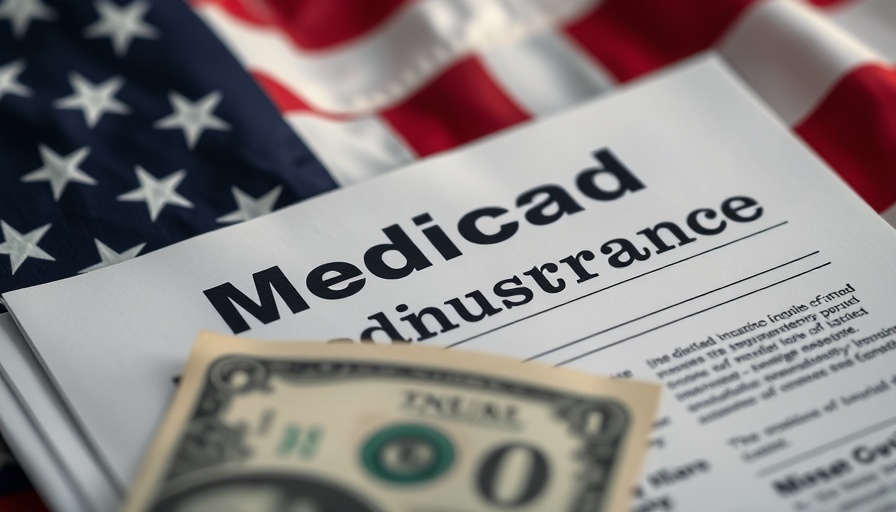
Understanding the Upcoming Changes in Medicaid State Directed Payments
The Centers for Medicare & Medicaid Services (CMS) is poised to make significant reforms in the area of Medicaid financing through state-directed payments. This proposed regulation is currently under review by the Office of Management and Budget (OMB) and may signify a substantial move to close loopholes that enable states to draw excess federal funding for Medicaid services.
The Impact of State Directed Payments
State-directed payments play a crucial role in how states finance their Medicaid programs. These payments are designed to provide additional financial support to healthcare providers beyond the standard rates established in Medicaid contracts, often creating a welcome cushion for providers operating under tight margins. This mechanism has faced scrutiny, particularly from conservative lawmakers focused on reducing costs and preventing fraud within the Medicaid system.
Potential Consequences for Healthcare Providers
Should the proposed regulation successfully close existing loopholes, healthcare providers, especially hospitals, may face increased financial strain. These facilities typically rely on directed payments to maintain operational viability in a landscape dominated by low-margin Medicaid reimbursement rates. As such, changes in funding mechanisms could have ripple effects across various sectors of the healthcare system, including community health resources and wellness programs.
An Eye Toward Fiscal Responsibility
Concerns regarding the long-term fiscal implications of directed payments have prompted advocates and policymakers to revisit these financing arrangements. According to forecasts from the Medicaid and CHIP Payment and Access Commission (MACPAC), without reforms, directed payments could elevate Medicaid spending by a staggering $110.2 billion annually. This untenable increase has drawn the attention of fiscal watchdogs and health policymakers alike, emphasizing the urgency for the CMS to act.
Addressing Community Health and Wellness
As these changes loom, the broader implications for community health and wellness begin to emerge. Without directed payments, health and wellness centers that serve vulnerable populations may experience cuts in services or increased wait times, undermining community health initiatives. The importance of maintaining a robust Medicaid infrastructure cannot be understated, as it provides essential healthcare access for countless individuals, encapsulating everything from nutritional supplements to wellness events.
Looking to the Future of Medicaid
As discussions continue around the proposed regulations, stakeholders from across the health community, including health and wellness businesses, must prepare for potential shifts. An emphasis on more transparent and equitable financing will be critical in ensuring that health and wellness products and services remain accessible to those most in need.
What Does This Mean for You?
The future of Medicaid funding will have a direct impact on the resources available within your community. Whether it’s focusing on lifestyle medicine, wellness for seniors, or developing viable health and wellness clinics, understanding how these reforms to state-directed payments could shape access to care is vital for everyone.
Get Informed and Take Action
As these discussions evolve, it is crucial for healthcare consumers, providers, and advocates to stay informed and active. Engage in community health events, advocate for transparency in healthcare funding, and support policies that aim to protect vulnerable populations. Your voice is essential in ensuring optimal health and wellness for everyone.
 Add Row
Add Row  Add
Add 




 Add Row
Add Row  Add
Add 


Write A Comment